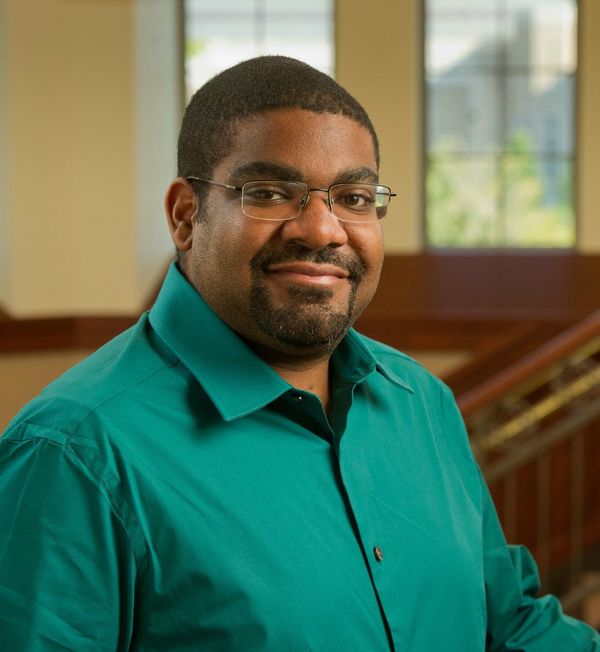
My hope is that by the year 2034 pancreatic cancer will no longer be a death sentence because federal funding will have provided for the development of novel therapies based on discoveries being made today about how this cancer grows.
Pancreatic ductal adenocarcinoma (PDAC) is today the 4th leading cause of cancer-related deaths in the United States with a five-year survival rate of only 6 percent. If we think of cancer as a weed, then chemotherapy is the weed killer we use in our attempts to eradicate this disease. Unfortunately, 74 percent of patients treated with chemotherapy show tumor recurrence. This dismal prognosis shows an urgent need for a different type of weed killer.
Current therapies focus predominantly on targeting the rapidly growing cancer cells. Unfortunately, while these treatments may kill the weed that is exposed above the ground, they spare the roots of the cancer. More importantly, they neglect the role that the soil itself may play in this process. Microenvironment cells surround cancer cells and help them grow. They make up the soil of cancer. Despite the fact that the majority of the tumor bulk in PDAC is comprised of microenvironment cells, there is little understanding of how the microenvironment cells themselves respond to chemotherapy.
Research in my lab shows that microenvironment cells are highly resistant to chemotherapy. Moreover, the microenvironment cells secrete factors that increase cancer cell survival. Thus, the soil is keeping the roots of the weed alive. We believe these secreted factors hold the key to molecularly targeted drugs that, given in combination with chemotherapy, will drastically improve patient response. In essence, we are learning how to kill the soil in order to kill the weed that is cancer.
The single most important element to achieving this 2034 success story is robust and consistent federal funding. The National Cancer Institute (NCI), part of the National Institutes of Health (NIH), funds most research done to combat pancreatic cancer. However, despite being one of the top five deadliest cancers, the NCI funds PDAC research at a rate that is 3-to-6 fold less than the other deadliest cancers. Increased federal funding from NIH as well as the National Science Foundation will provide researchers with the means to test new ideas to combat this deadly disease. If this happens, by 2034 doctors will have access to very different strategies than they do today to treat pancreatic cancer and the PDAC survival rate will be far greater than today’s single digit.
Reginald Hill is the Archibald Assistant Professor of Cancer Biology in the Department of Biological Sciences at the University of Notre Dame. His work is supported by the Indiana Clinical and Translational Sciences Institute (funded by NIH, the National Center for Advancing Translational Sciences, and the Clinical and Translational Science Award program).